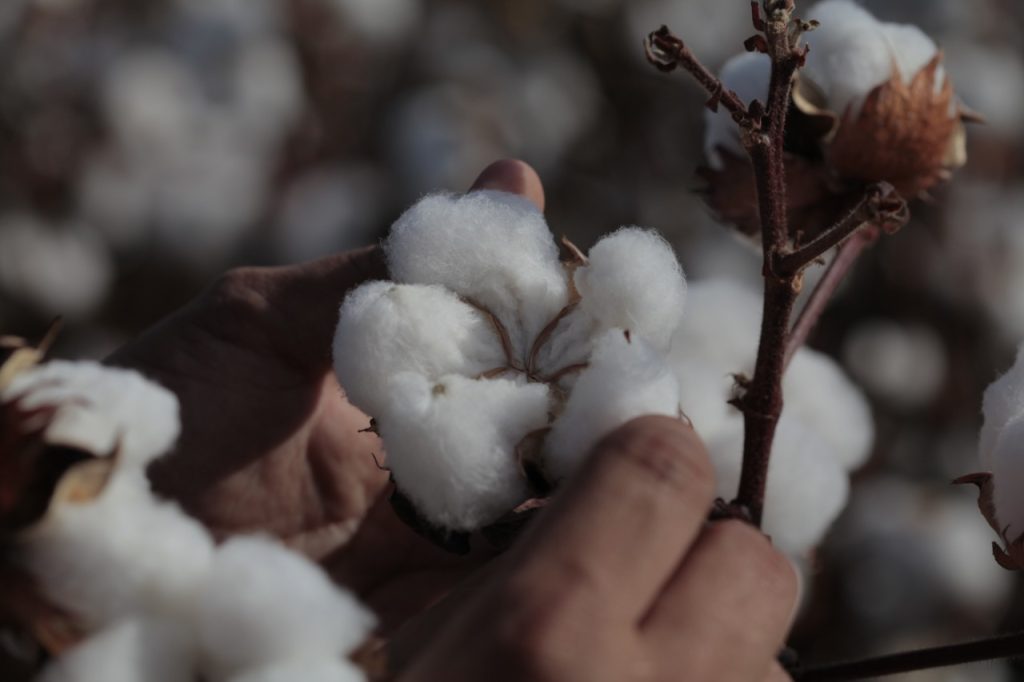What Type of Cotton is Grown in Brazil?
Brazilian cotton |
Cotton is present in our daily lives in many ways: in the clothes we wear, the fabrics that decorate our homes, and even in unexpected products like money and mayonnaise. But have you ever stopped to think about the different varieties of this fiber and what type of cotton is grown in Brazil? Just as a reminder: our country is currently the world’s largest cotton exporter!
We spoke with researcher João Paulo Saraiva Morais, from Embrapa Cotton, who helped us better understand the technical aspects of this production.
The Different Types of Cotton Grown Worldwide
There are many varieties of cotton cultivated around the world, but the most well-known are:
- Egyptian/Pima Cotton (Gossypium barbadense): This cotton has longer, finer, and stronger fibers, resulting in premium fabrics with an extremely soft touch.
- Upland Cotton (Gossypium hirsutum): The most widely cultivated cotton in the world due to its productivity, versatility, and adaptability to different climates and final products.
- Acala Cotton (also Gossypium hirsutum): A variation of upland cotton, but with longer and stronger fibers.
The choice of variety cultivated in each region depends largely on the available time for harvest.

In Egypt and California (USA), for example, where only one crop per year is planted, Egyptian or Pima cotton has over 200 days to develop in the field. In Brazil, however, where crop rotation is a responsible and essential practice for productivity, the best planting option is upland cotton, which has a shorter cycle and fits perfectly into our agricultural model.
Why Does Brazil Mainly Grow Upland Cotton?
If you use cotton products in Brazil, it is very likely that they are made from upland cotton, which accounts for nearly 100% of national production. The reason for this is directly linked to the way Brazil structures its cotton farming.
Upland cotton has a shorter cycle and adapts well to the crop rotation system, a responsible practice that is very common in Brazil. It is often planted in areas previously used for soy, corn, or beans, making better use of soil resources, preserving nutrients, and maintaining productivity over time. Additionally, it allows farmers to have up to two harvests per year.

Brazilian Cotton in Numbers
If you like to track the evolution of cotton production in Brazil, it is worth keeping an eye on the reports published annually by the National Supply Company (CONAB) and the Brazilian Cotton Producers Association (Abrapa).
These institutions monitor planted areas, productivity, and other important indicators. Those looking for even more detailed insights can access this information on CottonBI, a portal that gathers sector data and requires prior registration for consultation.
Upland cotton is not just a strategic choice for Brazil but also an incredible fiber that ensures quality and availability for the textile industry, supplying the global market year-round.
——
With contributions from:
João Paulo Saraiva Morais, Ph.D. in Soil and Plant Sciences
Nanotechnology and Processing Researcher | Embrapa Cotton (Brazilian Agricultural Research Corporation)
Goiânia, GO, Brazil
